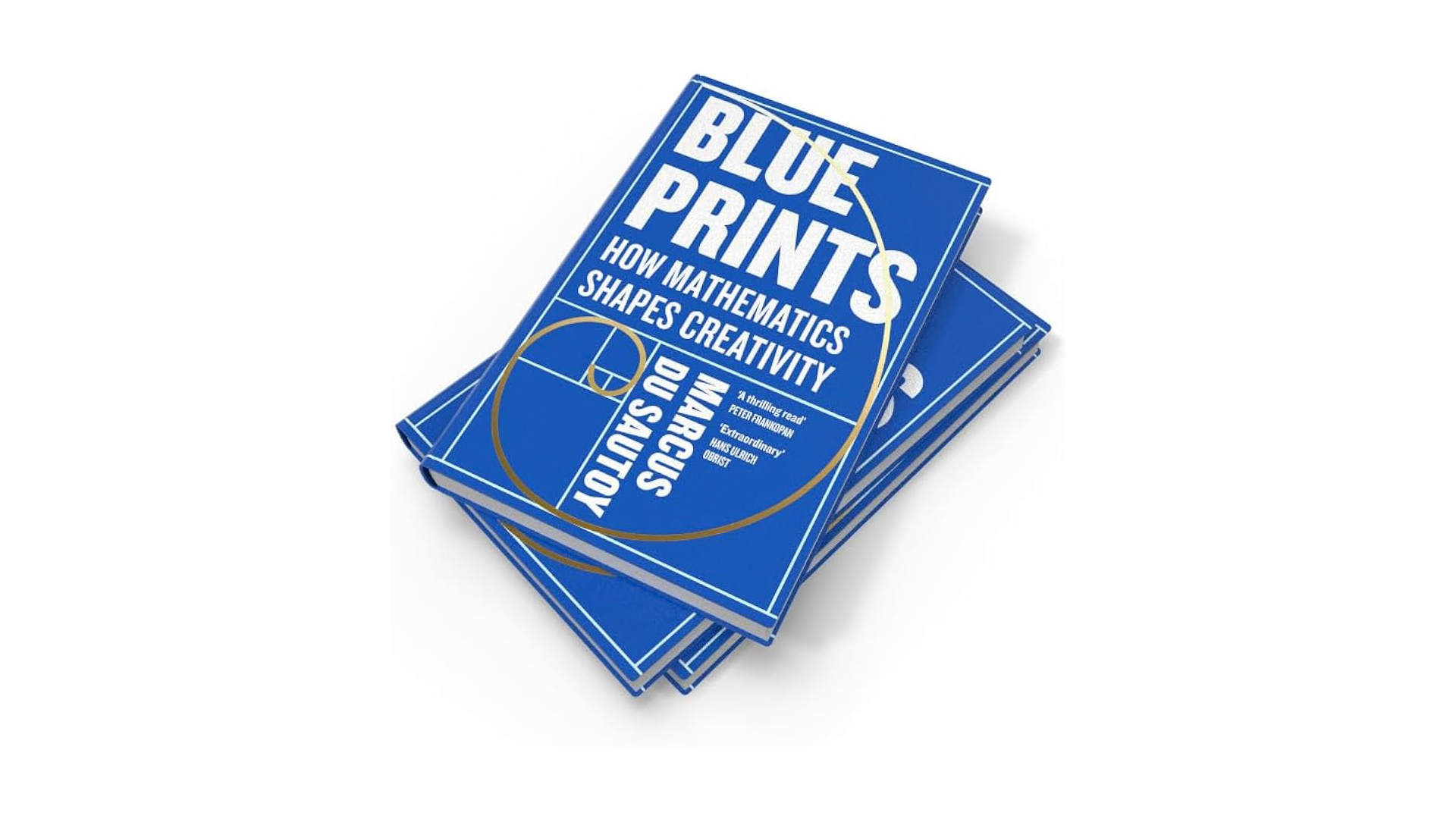Mathematics and Art. Two completely different subjects? Most people are on one side or the other. The side of rigid logic and emotionless detachment involving using the fundamentals of science to solve problems, and the other a flourishing canvas of passion and emotions that is drawn from our inner self. Basically, boring maths sums and drawing a picture. Right?
Wrong.
Many artists are unaware of the mathematical elements that bubble under their craft, as well as many of us who have all sat in a maths classroom with our imagination snuffed like a candle. But that isn’t what this book is about. Du Sautoy has a different take on things: these two subjects are wholly interconnected. Rather than viewing mathematics as a lifeless set of rules, he uncovers how it is the secret engine of creativity; one that underlies not only the natural world but also the most vibrant human creations – music, painting, literature, architecture, even dance.

Take music, for instance. The rhythm of a beat, the harmony of chords, and the structure of a song all rely on mathematical ratios. Your favourite song? It’s all based on structure. See a pattern here? In Du Sautoy’s own words, mathematics is fundamentally “the study of patterns, structure and symmetry.”
Here’s another one: Shakespeare. The wide and wonderful universe of mathematics – which essentially is the world we live in – has wound its way into theatre plays as well. Du Sautoy reveals that Macbeth contains an awesome numerical structure based on prime numbers. For instance, the number of words in key speeches or scenes often corresponds to a prime number!
This structuring may not have been consciously mathematical on Shakespeare’s part, but du Sautoy suggests that the prime-based rhythm contributes to the unsettling atmosphere of the play.
He explains that prime numbers are indivisible and unpredictable, qualities that mirror the themes of chaos and supernatural disorder in Macbeth.
That’s only one of the revelations in the book. There are many, many more that will blow your mind – it’s a total mathsterpiece (sorry, that was awful).
I think I’ve already revealed too much at this point, so just a few more words from me. This book isn’t your average maths textbook. It’s a guide, a manual to escape this boring world you think you’re stuck in. Blueprints is the bridge between logic and creativity, randomness and pattern. You don’t need to be a mathematical genius to read this, nor an artistic prodigy. This book is a must-read, both for those who are curious and those who are not (if reading the first chapter doesn’t make you even a tiny bit intrigued, I don’t know what will!).
One last thing: mathematics is eternal. It’s always existed, right from the start, and will live on long after we are gone. But du Sautoy can explain all of this better than I can, so that’s it for this book review. Hope you enjoy reading Blueprints!
Read Blueprints here.
